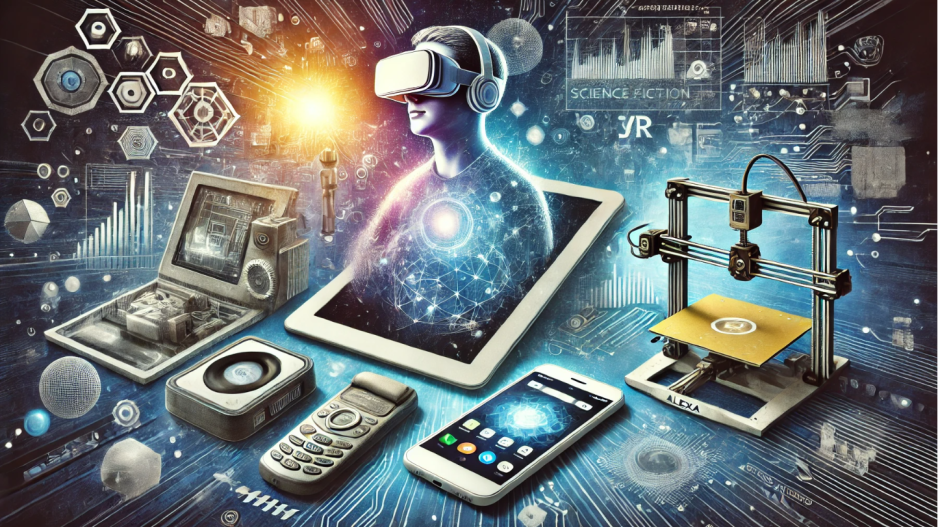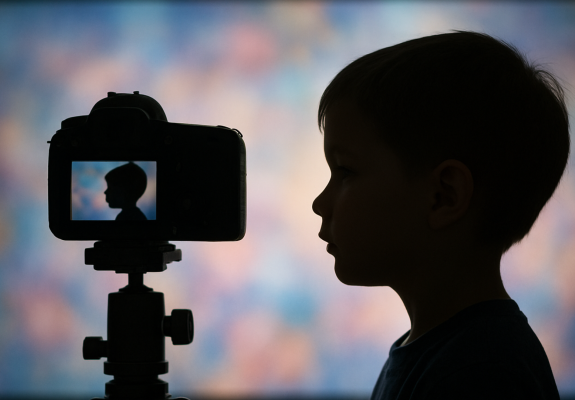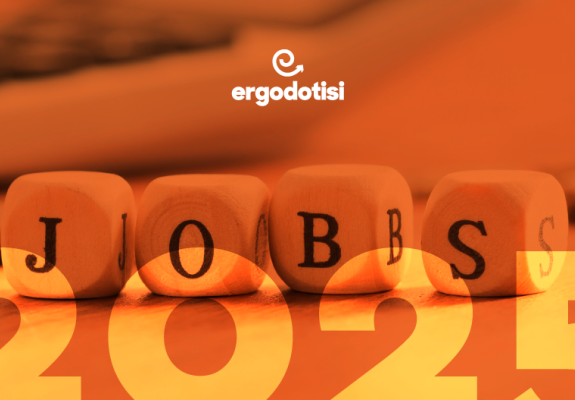From Fiction to Reality: Technological Inventions Inspired by Films and Books
Often, these fantastical concepts were deemed improbable, if not impossible
Science fiction has long served as a fertile ground for ideas that push the boundaries of imagination. Often, these fantastical concepts are deemed improbable, if not impossible. Yet, time and again, reality has caught up with fiction, leading to the birth of groundbreaking technologies inspired by the creative minds of authors and filmmakers. Here are a few remarkable instances where fiction paved the way for real-world innovations.
Inspired by: "2001: A Space Odyssey" by Arthur C. Clarke (1968)
In Stanley Kubrick’s film adaptation of Clarke's novel, astronauts use what appear to be tablet computers aboard the spaceship Discovery One. These devices, referred to as "Newspads," were used to read information, watch videos, and receive news – functionalities that are strikingly similar to today’s tablets.
Reality: The first commercially successful tablet, the iPad, was introduced by Apple in 2010. Featuring a touchscreen interface and capable of performing a wide range of tasks from reading e-books to streaming movies, the iPad and its successors have revolutionized computing, embodying the vision Clarke and Kubrick brought to life decades earlier.
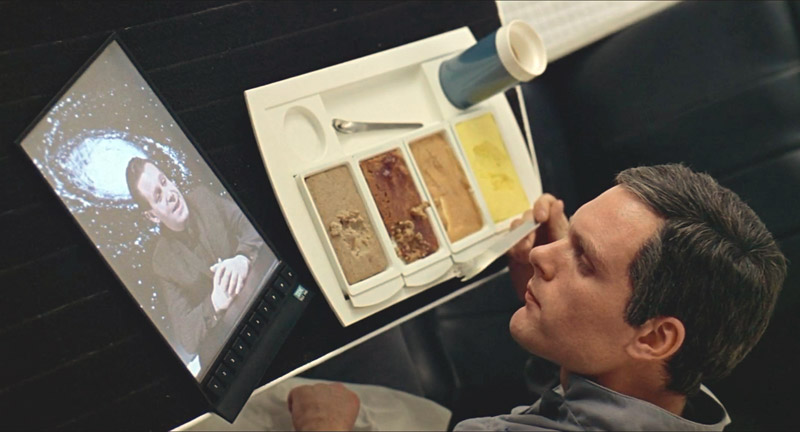
Inspired by: "Star Trek: The Original Series" (1966-1969)
In the original "Star Trek" series, characters frequently used a device known as the communicator, a handheld flip-open gadget for voice communication. This iconic piece of technology fascinated viewers and sparked the imagination of engineers and designers.
Reality: Motorola introduced the first flip phone, the StarTAC, in 1996. Its clamshell design and portable convenience echoed the Star Trek communicator, making it one of the most popular mobile devices of its time and laying the foundation for the mobile phone designs that followed.

Inspired by: "Star Trek: The Next Generation" (1987-1994)
"Star Trek" strikes again, this time with the replicator, a device capable of creating objects out of thin air, including food and complex machinery. The concept of materializing objects on demand was purely science fiction, or so it seemed.
Reality: 3D printing technology, which began gaining traction in the early 21st century, allows users to create three-dimensional objects from digital files by layering materials. Today, 3D printers are used in various fields, from medicine (for creating prosthetics and even human tissues) to manufacturing and even food preparation, mirroring the replicator’s capabilities on a smaller scale.
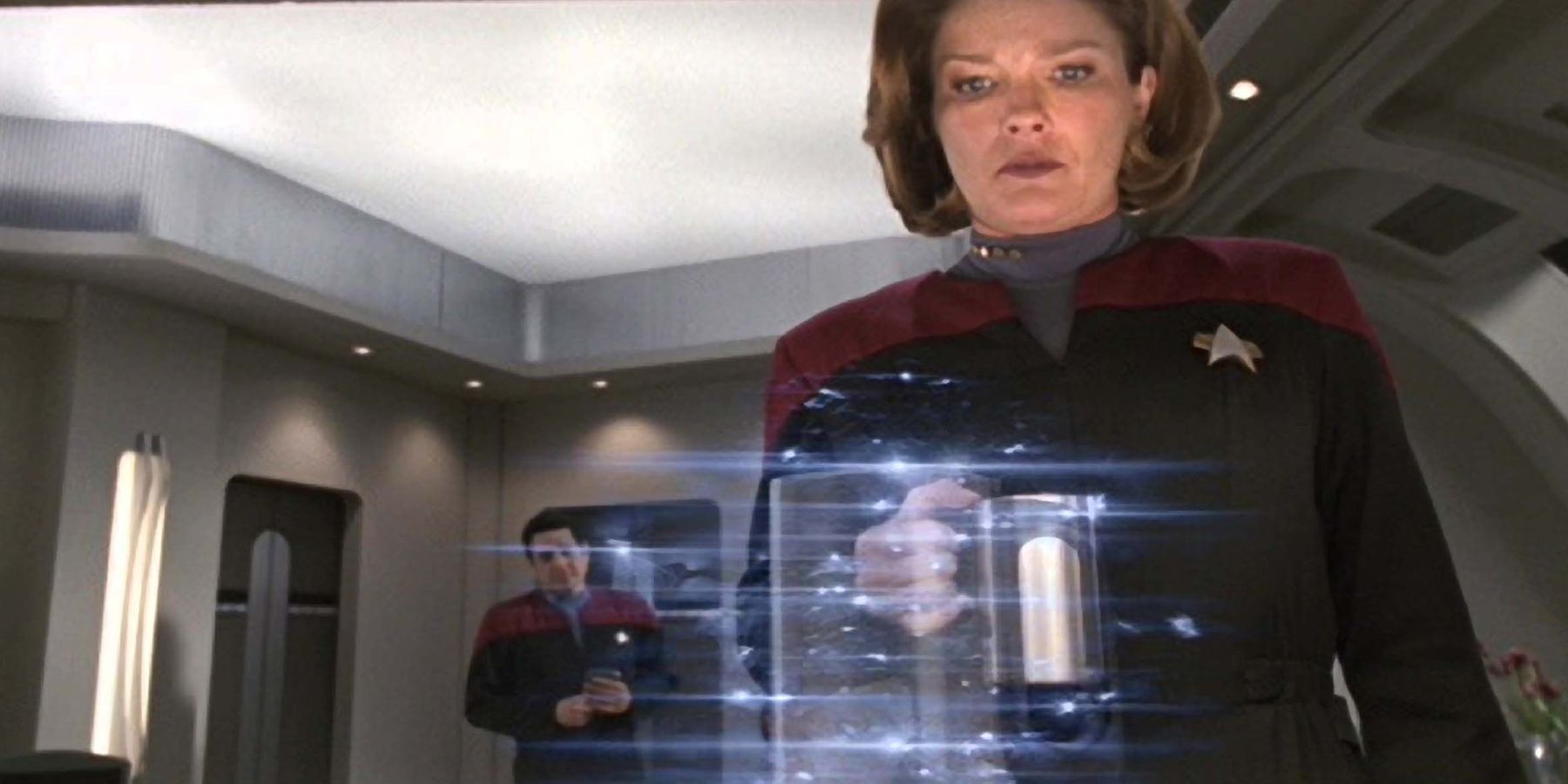
Inspired by: "Snow Crash" by Neal Stephenson (1992)
In Stephenson’s novel, the "Metaverse" is a virtual reality space where characters interact with each other through avatars, exploring digital environments and participating in various activities. This immersive virtual world concept has influenced many in the tech industry.
Reality: Modern VR technology has made significant strides, with devices like the Oculus Rift, HTC Vive, and PlayStation VR providing immersive experiences for gaming, education, and virtual meetings. Companies like Facebook (now Meta) are investing heavily in creating their own versions of the Metaverse, aiming to bring Stephenson’s vision closer to reality.
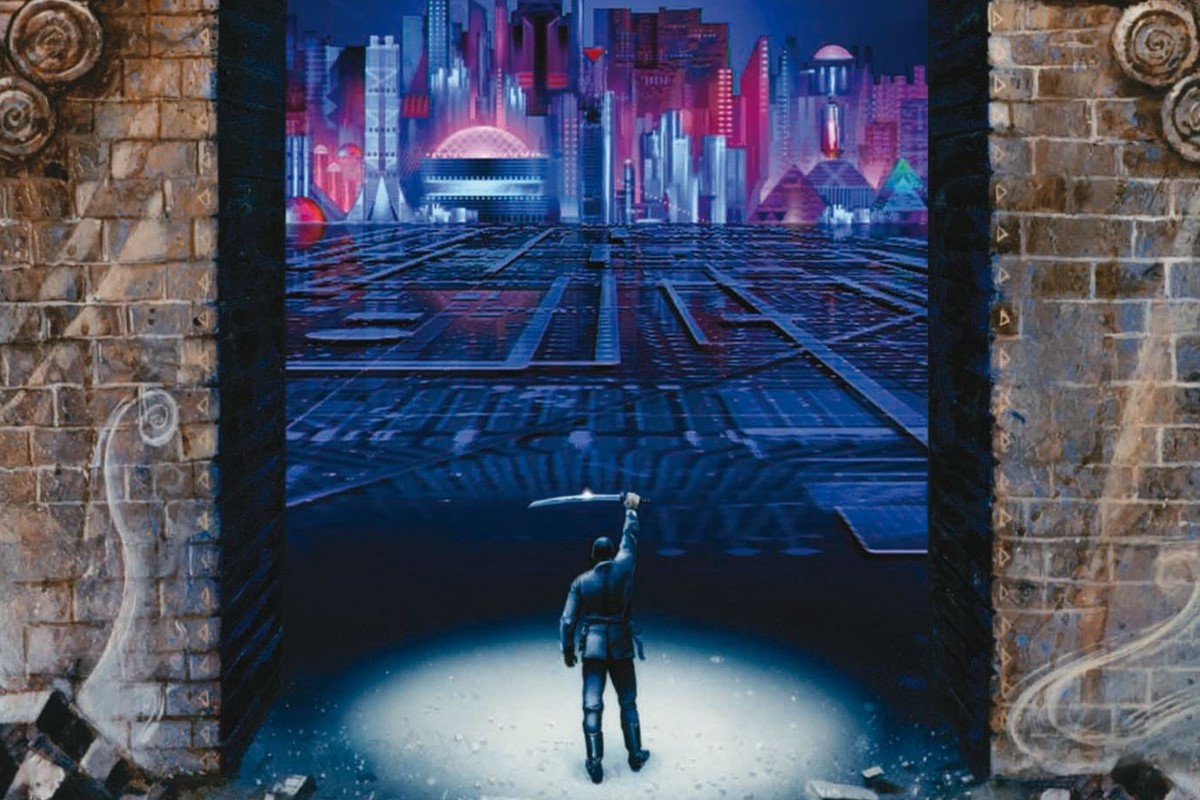
Inspired by: "2001: A Space Odyssey" by Arthur C. Clarke (1968)
The film features HAL 9000, an intelligent computer capable of understanding and responding to human speech, controlling the spaceship, and performing various complex tasks. HAL’s conversational abilities and situational awareness were groundbreaking concepts at the time.
Reality: Today, voice-activated assistants like Siri, Alexa, and Google Assistant have become ubiquitous. These AI-driven assistants can perform tasks ranging from setting reminders to controlling smart home devices, embodying the essence of HAL's interactive and responsive nature, albeit with far less sinister intent.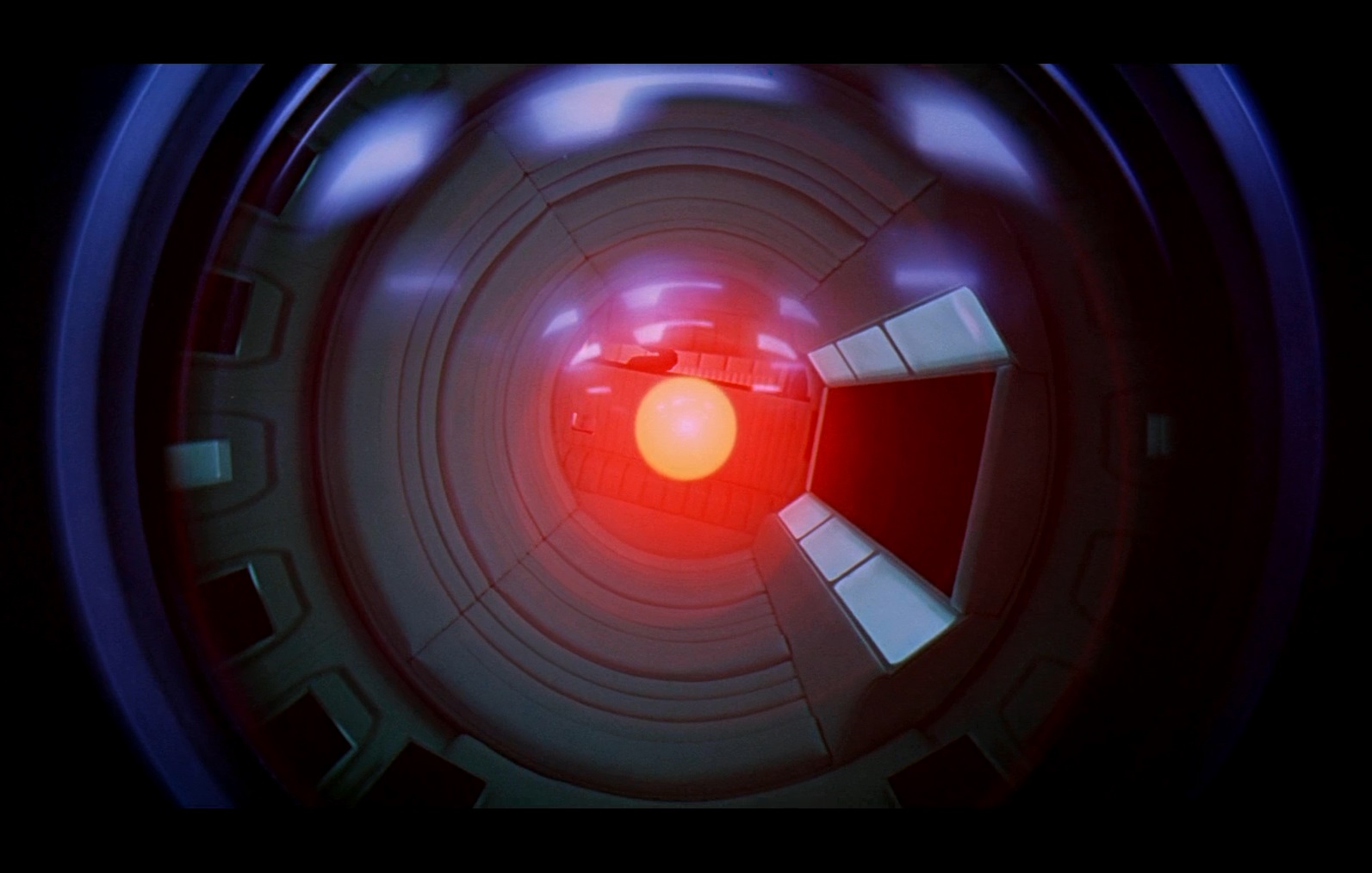
The journey from the pages of a book or the frames of a film to the tangible gadgets and systems of our everyday lives showcases the incredible interplay between fiction and technology. These inventions remind us that today’s fantasies can become tomorrow’s realities, continually pushing the boundaries of what we believe is possible. As we continue to draw inspiration from creative works, who knows what other science fiction dreams will come true in the years to come?
